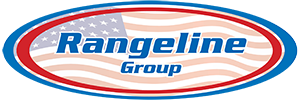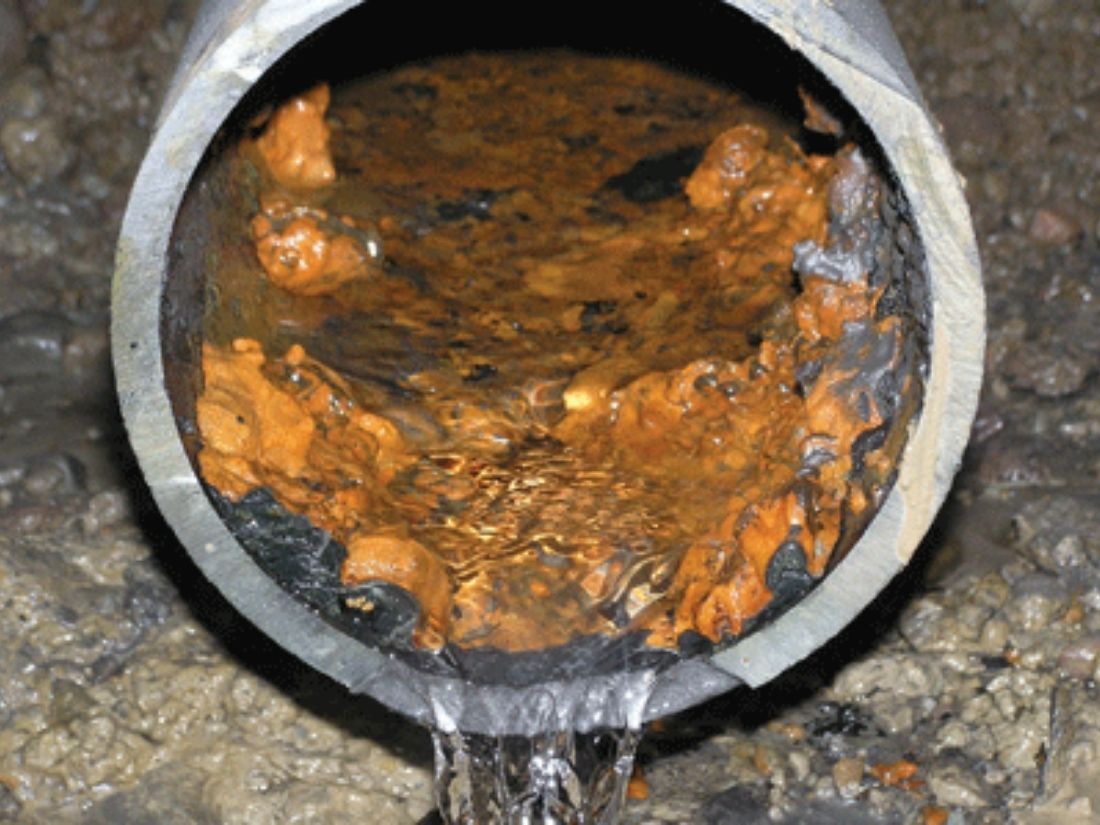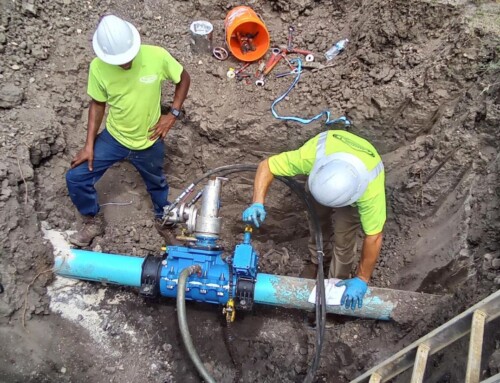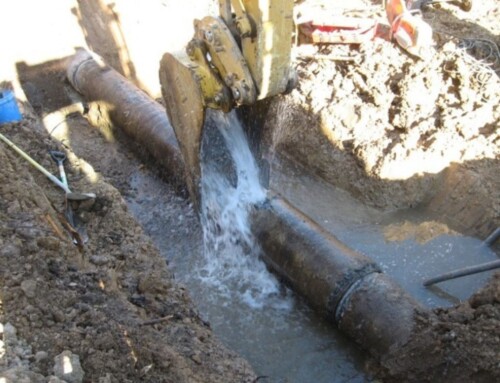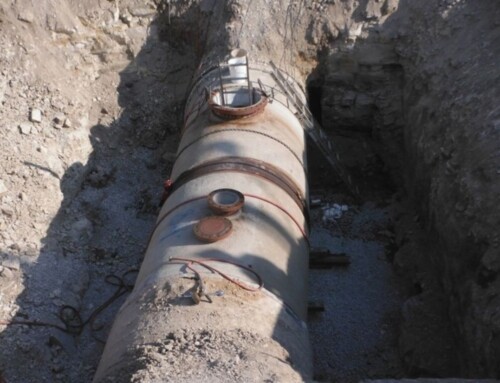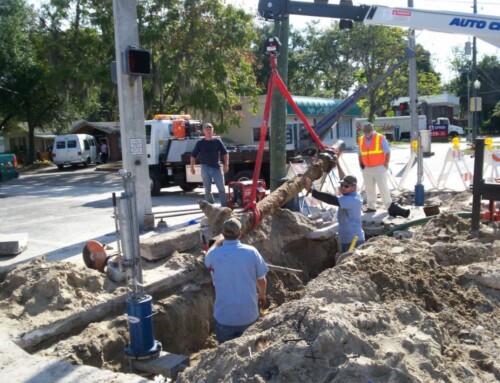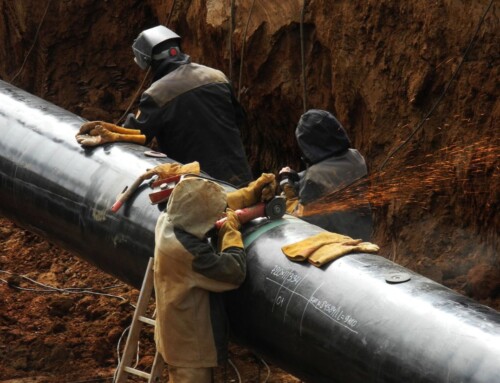Pipelines play a crucial role in transporting valuable resources across vast distances in the industrial sector. Just like any other type of industrial equipment, pipelines require regular maintenance to ensure their efficiency and longevity. This prevents costly repairs and downtime and safeguards against environmental hazards. We will delve into the various maintenance requirements for pipelines and provide a comprehensive understanding of how to keep these vital arteries of the energy sector functioning at their best.
General Inspections
General inspections are integral to pipeline maintenance. They involve routine checks of the pipeline’s exterior and interior conditions to detect any signs of wear, damage, or irregularities.
Inspections can be visual, using cameras and drones, or technical, employing tools like smart pigs—devices that travel through the pipeline collecting data about its condition. These inspections help pipeline maintenance workers identify issues early on, allowing for preventative measures that stop them from worsening.
Hydraulic Testing
Hydraulic testing is another critical aspect of pipeline maintenance. This process involves filling the pipeline with a liquid, usually water, and then pressurizing it to a specified level. Then, workers monitor the pipeline for leaks or changes in pressure.
This test verifies the integrity of the pipeline and ensures it can withstand standard operational pressure without failure. Hydraulic testing can detect flaws that might not be visible during general inspections.
Corrosion Prevention
Corrosion is a major threat to pipelines. Over time, environmental factors can cause the metal to corrode, weakening the structure and leading to leaks or catastrophic failures. Corrosion prevention techniques include protective coatings, cathodic protection (a method that uses electrical currents to prevent corrosion), and corrosion inhibitors in the transported product. Regular monitoring and maintenance are necessary to ensure these preventive measures remain effective over time.
Timely Repairs
Once you’ve identified an issue through inspections or testing, the final maintenance requirement for your pipeline is a timely repair. Depending on the severity and location of the problem, repair methods may vary from simple patching to complete pipeline section replacement. In most cases, you’ll need to utilize professional industrial piping services in order to fix any breaks or leaks in your pipeline. As long as you handle repairs quickly, you’ll extend the life of the pipeline and prevent minor issues from escalating. This level of care helps you avoid costly shutdowns and environmental hazards.
